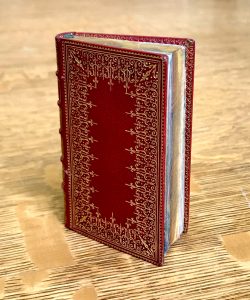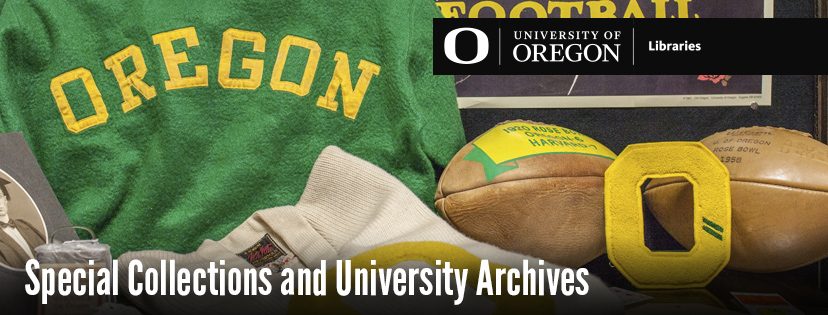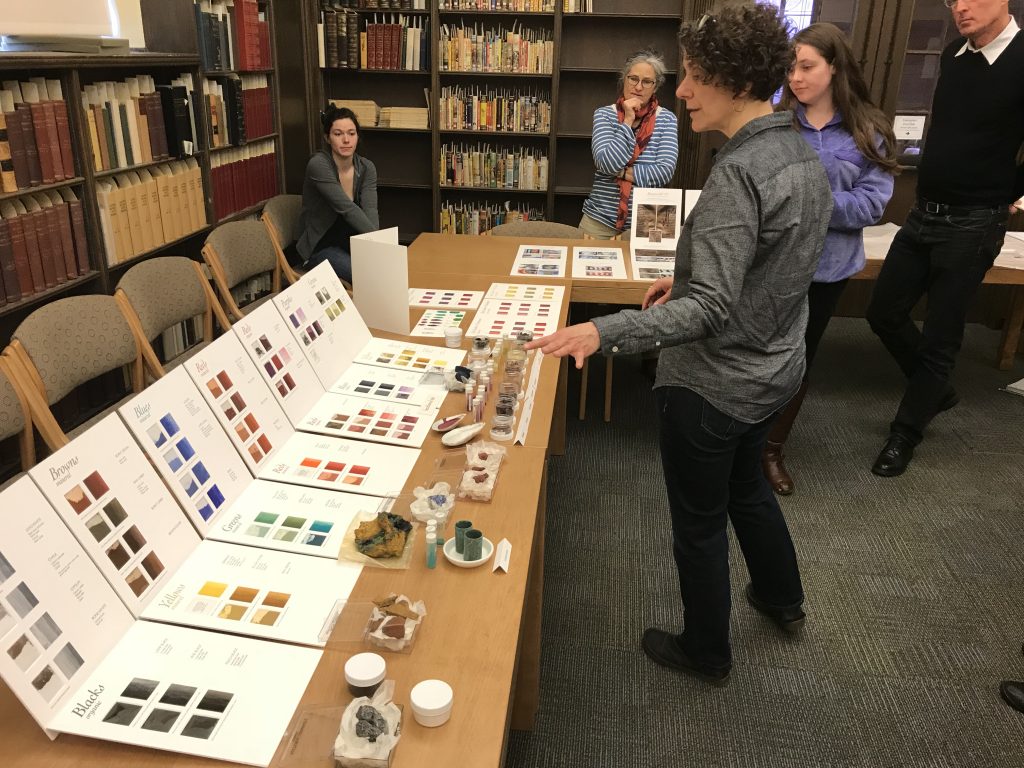New Acquisition: Didot Miniature Book
 Special Collections and University Archives has recently acquired an exceptional miniature book: a copy of the 1828 edition of the complete works of Horace printed in a microscopic 2.5pt font designed by the Didot firm.
Special Collections and University Archives has recently acquired an exceptional miniature book: a copy of the 1828 edition of the complete works of Horace printed in a microscopic 2.5pt font designed by the Didot firm.
The French Didot family included several generations of printers, engravers, and master typographers active in the eighteenth and nineteenth centuries. They contributed many major bibliographic innovations including devising a “point” system for measuring type (the didot, by François-Ambroise Didot) and innovating technology within the fields of papermaking, engraving, and founding. The firm also produced many luxurious and beautifully-designed books. Firmin Didot (1764-1836) was the designer of the punches for the elegant Modern Didot typefaces, notable for their extreme contrast in weight and hairline serifs. These designs are well known today through contemporary revivals like Adrian Frutiger’s typeface designed for Linotype (1991) based on Firmin’s original designs.



